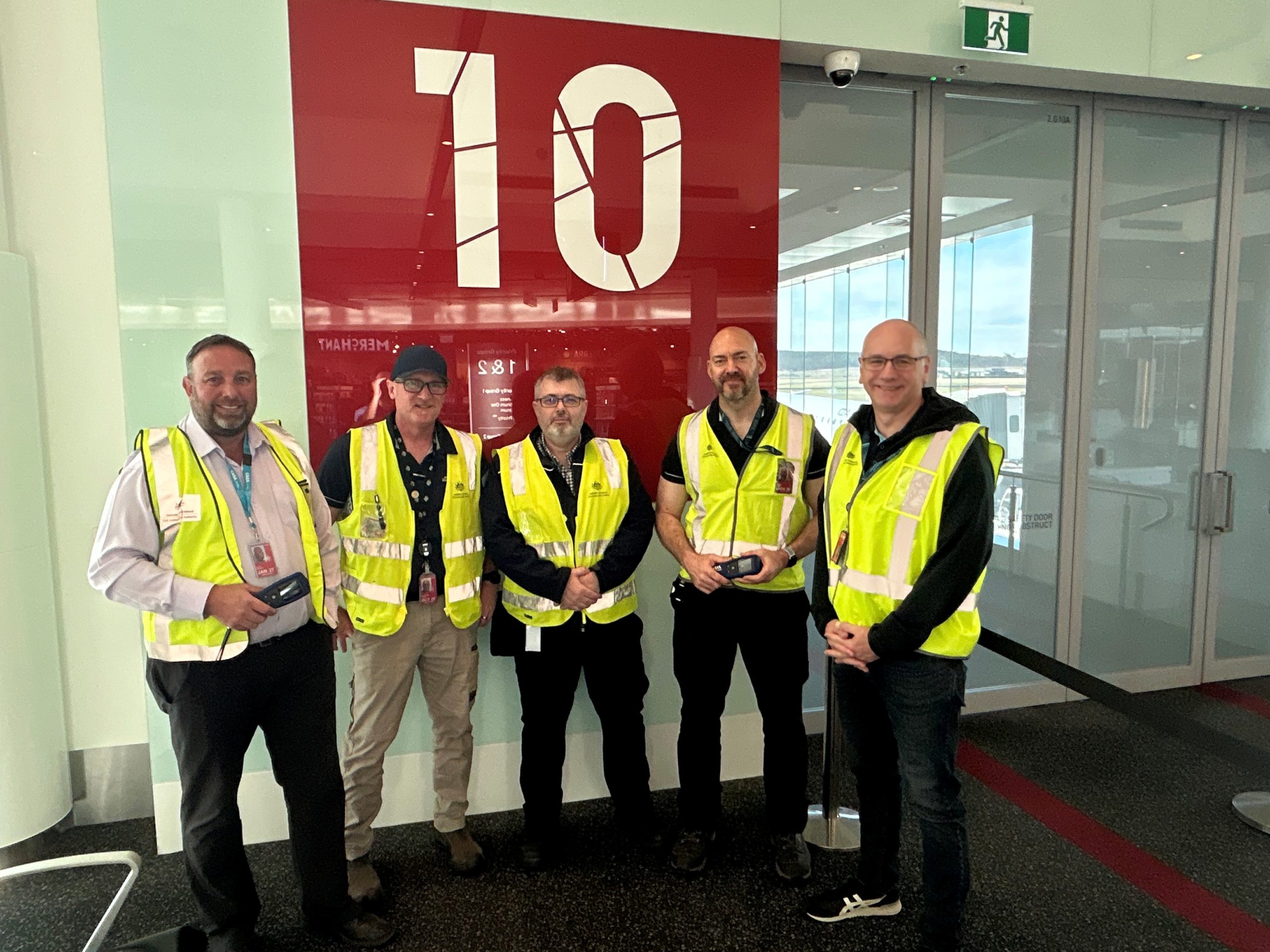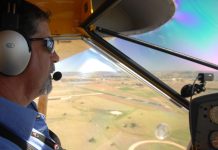Picture this: it’s your birthday and your friends take you out to celebrate. It’s meant to be a quiet night, just a few drinks to mark the occasion. You are a pilot and have a flight from Sydney to Perth at noon tomorrow, so you want plenty of rest.
One drink turns into 2, which turns into 3. You say, ‘That’s enough, I’m heading home.’ They insist, ‘Stay for one more!’ Work has been stressful lately anyway, and you never get a chance to let your hair down. You give in – what’s one more?
Next thing you know, it’s 5 am and you’re only just stumbling through your front door.
As pressures on aviation professionals continue to evolve, situations like this are a reminder why testing for alcohol and other drugs (AOD) remains a critical safeguard in supporting both individual wellbeing and operational safety.
Why AOD testing matters for aviation safety
AOD testing is a necessary function for aviation safety. It ensures people who carry out safety sensitive aviation activities (SSAA) are not under the influence of alcohol and drugs, by quickly identifying and removing them from positions that are safety critical.
The testing is usually managed under an organisation’s drug and alcohol management plan (DAMP) and overseen by a supervisor. Staff who perform SSAA roles within these organisations ordinarily visit a certified drug and alcohol testing provider upon commencement of their employment, as well as submit to testing at regular intervals throughout their time in their role.
But did you know that CASA also conducts drug and alcohol testing for individuals in safety-critical roles?
Protecting safety through testing
CASA’s AOD policy falls under Part 99 of the Civil Aviation Safety Regulations (CASR). CASA-administered tests vary slightly from organisational DAMP testing programs: they are conducted onsite, usually random; however, they can be targeted, and primarily applied to people who occupy SSAA activities, such as pilots, cabin crew, maintenance engineers, air traffic controllers and ground staff.
Travis Healy is the Manager of Investigations at CASA and has overseen many test results over the years.
‘Our aim is to provide a robust alcohol and other drug testing program that provides sufficient deterrence and detection capabilities, in order to deter the use of AOD by all persons performing SSAA in the Australian aviation industry,’ he says.
‘The program sends a clear message to the aviation industry that when performing roles which have a safety aspect, either directly or indirectly, they should not risk their judgement or abilities by being affected by drugs or alcohol at work.’

Understanding CASA’s AOD testing approach
CASA takes a constructive and proportionate approach to AOD testing.
Tests can be conducted at any time of the day, and SSAA personnel are required by law to submit to the test if they are approached by a testing officer.
People who test positive for alcohol or drugs will be immediately stood down from duty, They need to undertake a comprehensive assessment to identify any lifestyle and behaviour issues that might be contributing to a habitual use of banned substances. They must complete this program, and return a negative test result, before they can resume any SSAA activities.
It is important to remember that drugs and alcohol aren’t necessarily a black and white issue. There might be several reasons why someone might be using banned substances in their personal life: work stress and family issues to name 2.
Taking a measured and common sense approach, in combination with informed education and support programs, means people are less likely to reoffend.
Driving safer, better outcomes through data and education
Data collected from AOD testing helps CASA ensure individuals and operators remain compliant with regulations. Test results are used for risk analysis and safety monitoring, including identifying trends in different substance use among people performing SSAA activities to inform safety policy and decision-making to target future testing more effectively.
Data is also used to target identified cohorts that require further training and education on drug and alcohol matters. For instance, if someone returns a positive test result, it does not mean that person is instantly dismissed from their job, but rather they are put through a rehabilitation program.
Over the past 12 months, the CASA AOD testing team completed more than 13,000 tests around Australia, recording 17 positive detections for alcohol. This was mostly due to people arriving to work with alcohol still in their system from the night before. During the same period, there were 5 confirmed detections for drugs, including from cannabis, cocaine and methamphetamine.
Some common over-the-counter medications can trigger positive test results. A recent detection occurred where a pilot consumed an over-the-counter cough syrup medication that contained alcohol.
These examples present an opportunity for further training and education by supporting aviation organisations to improve their DAMP programs. Improvements to guidelines, making them clear and accessible, written in easy-to-understand language, targeted education programs that include scenario-based training and safety promotion campaigns that demonstrate how drug and alcohol policy ties into broader safety culture can support a better understanding of AOD policy.
CASA provides guidance on education programs that organisations can incorporate into their DAMP programs to improve awareness and output.
Enforcement action as a last resort
Occasionally, however, the AOD team need to issue enforcement notices – known as aviation infringement notices – to individuals or organisations for non-compliance. More serious occurrences, such as significant drug or alcohol detection, or repeat offending, can be prosecuted in court, with a criminal conviction possibly recorded against the person’s name. They may also be dismissed from their position. A recent incident where an aircrew member provided positive detection for alcohol and cocaine after celebrating at a birthday party resulted in prosecution in court and a criminal conviction.
Enforcement action can also take place if an employee refuses to submit to a test or continues to conduct SSAA activities after a positive test has been obtained and not yet cleared by the required process; this may include a further negative test.
All enforcement actions are considered by CASA medical review officers. They take into consideration previous medical review reports, steps taken by an organisation under their DAMP requirements and any outcomes of mandated drug and alcohol intervention programs an employee may have previously undertaken, before CASA decides to refer the matter further.
Enforcement action is a last resort, but Travis says that it is sometimes necessary, so the public can be confident that people working in safety-critical roles are not under the influence of alcohol and drugs.
‘The AOD program provides the travelling public the knowledge and confidence that there are checks and balances to ensure a safe working and travelling environment,’ he says.
Further information
CASA has many resources that you can use to familiarise yourself with drug and alcohol testing:
- What you need to know about drug and alcohol testing – Civil Aviation Safety Authority
- Developing a Drug and Alcohol Management Plan (DAMP) for your organisation – Civil Aviation Safety Authority
- Developing a drug and alcohol education program for your DAMP – Civil Aviation Safety Authority
- Part 99 of the Civil Aviation Safety Regulations (CASR) – Federal Register of Legislation





